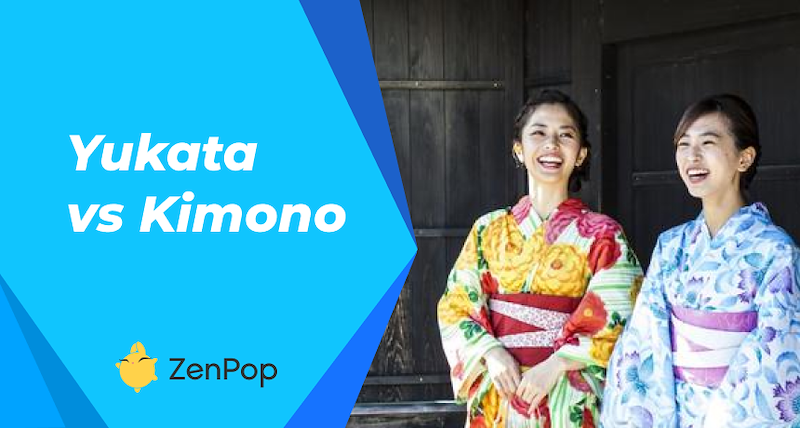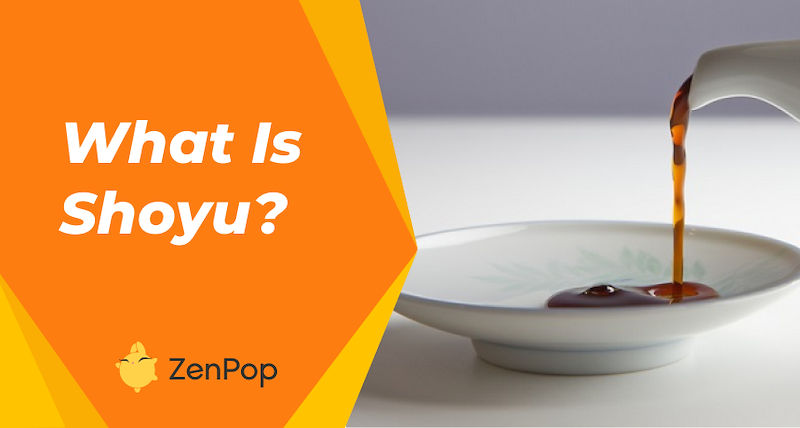
</title><meta name="robots" content="noindex"> What is Shoyu? (and how is it made?)
If you are a fan of cooking then you’ve probably come across soy sauce- the magic ingredient that elevates the taste of your food. Shoyu, also known as Japanese soy sauce, is a fundamental ingredient in Japanese cuisine that is loved for its salty, savory, and umami flavor. It is used in making many Japanese dishes like sushi, sashimi, and soups. It’s safe to say that you’ll always find Shoyu in a Japanese home.
In this article, we'll explore what Shoyu is, how it's made, and whether it’s the same as regular soy sauce. We'll also look at some of the health benefits of this versatile condiment and offer tips on how to use it in your cooking. Sit back, relax, and let's take a dip in the world of Shoyu.
In Japan, there are many unique ingredients and sauces. Read our article on Kokuto to learn about it.
What Is Shoyu?
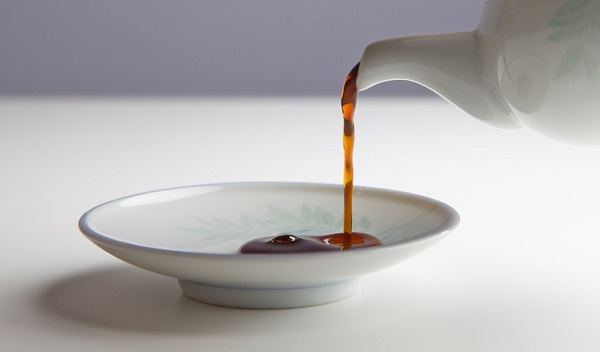
Shoyu is a Japanese soy sauce made from soybeans, roasted wheat, salt, and koji (a type of mold). The soybeans and wheat are mixed in a 50/50 ratio and this increases the flavor. The process of making Shoyu is similar to that of making beer or wine, where the ingredients are combined and left to ferment for some time.
Is Shoyu The Same As Soy Sauce?
We have been referring to Shoyu as Japanese soy sauce but the real question is “isn’t it just good old regular soy sauce?” The short answer is no and yes; it depends on the type of soy sauce you buy. The most popular commercial version of soy sauce is the Chinese-style soy sauce which is made differently from Shoyu even though the ingredients are the same.
For one, Chinese soy sauce uses either 100% soybeans only or soybeans and wheat flour in an 80:20 ratio. Also, while Shoyu is fermented for months, Chinese soy sauce is only fermented for a few weeks or months and that's for the high-end stuff.
Cheap versions of soy sauce make use of soy protein and chemicals to make the process faster and reduce production costs. That’s why you should always check your bottle of soy sauce for the ingredients; if there are many chemicals you can’t recognize then it’s probably not authentic soy sauce.
As for the difference in taste, Japanese Shoyu is said to have a more nuanced flavor than Chinese soy sauce because of the fermentation time and wheat-to-soybeans ratio.
How Is Shoyu Made?
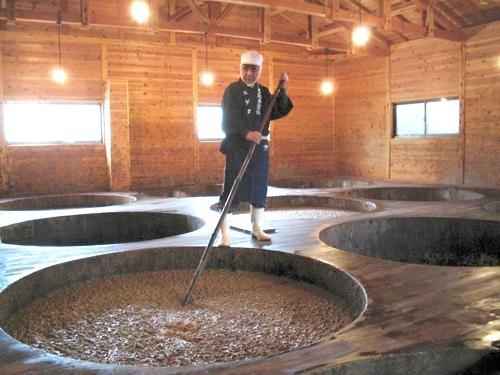
The process of making Shoyu involves several steps, including:
- Steaming and roasting: The soybeans and wheat are steamed to soften them and make them easier to mash.
- Mixing: The soybeans and wheat are mixed and then inoculated with koji spores, which helps to kickstart the fermentation process. This mixture is left for about 3 days.
- Fermentation: Next, water and salt are added for preservation and it becomes a thick mash. The mixture is left to ferment for up to 6 - 18 months, during which time the enzymes in the koji break down the proteins and carbohydrates in the soybeans and wheat, creating the characteristic flavor of Shoyu.
- Pressing: After fermentation is complete, the mixture is pressed to extract the liquid, which is then bottled and sold as Shoyu. The resulting sauce is dark brown, with a thin, runny consistency and a complex flavor profile that includes saltiness, umami, and sweetness.
Types of Shoyu
There are several different types of Shoyu available, each with its unique flavor profile and usage.
Koikuchi Shoyu
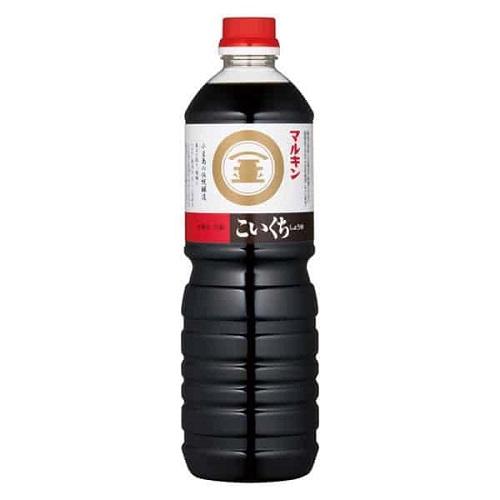
This is the most common type of Shoyu and is used in a wide variety of dishes. It is usually referred to as dark soy sauce and it has a rich, complex flavor with a balance of saltiness and sweetness. If there is no specification on the type of Shoyu on the bottle, assume that it is Koikuchi Shoyu. It can be used for both cooking and dipping.
Usukuchi Shoyu
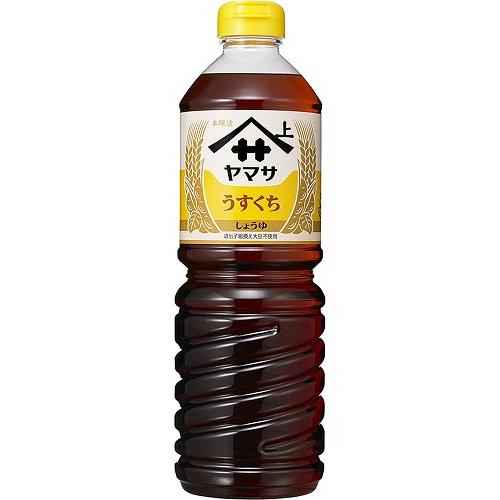
This type of Shoyu is lighter in color and has a slightly sweeter and saltier flavor than Koikuchi Shoyu. It is commonly used in soups and sauces. It is usually avoided for dipping because of the strong flavor and when you want to avoid changing the color of the meal or thickening it, you can use this sauce.
Shiro Shoyu
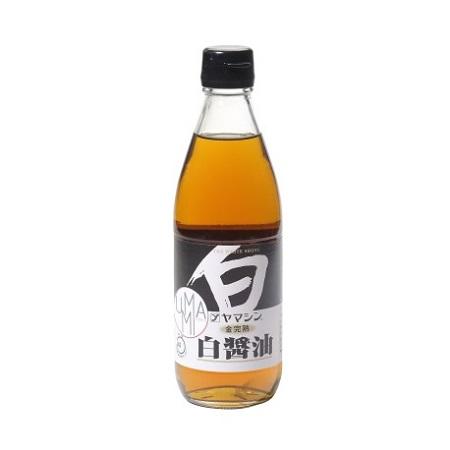
This type of Shoyu is made with mostly wheat and has a light, delicate flavor. Shiro Shoyu, also known as white soy sauce, is made using wheat and soybeans but is lighter in color than other types of Shoyu. It has a sweeter, milder flavor than Koikuchi Shoyu and is often used as a finishing sauce or dressing. Shiro Shoyu is typically aged for a shorter period than other types of Shoyu, which helps to preserve its lighter color and flavor.
Saishikomi Shoyu
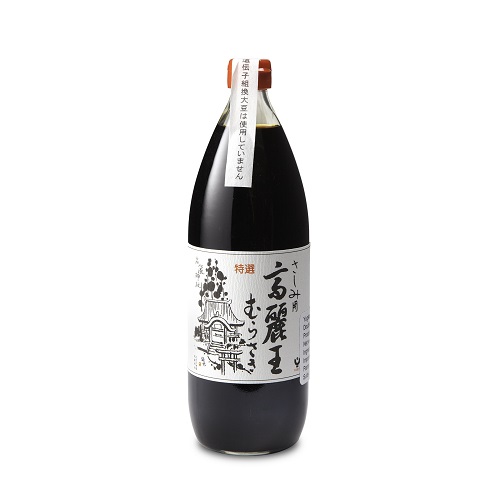
Saishikomi Shoyu is made by double fermenting Koikuchi Shoyu with additional ingredients like mirin, sake, or dried fish. This gives it a richer, more complex flavor than traditional Koikuchi Shoyu. It is typically aged for a longer period than other types of Shoyu, which helps to deepen its flavor and color.
Tamari Shoyu
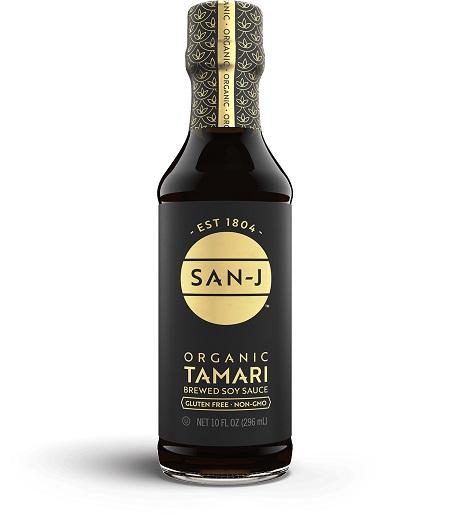
Tamari Shoyu is made with little to no wheat and has a thicker, richer flavor than Koikuchi Shoyu. It is often used as a dipping sauce or marinade. Tamari Shoyu is typically made with only soybeans, salt, and water, giving it a deeper, more complex flavor profile. It is usually brewed in the Chubu region in Japan and the unique flavor makes it perfect for sushi and sashimi. It has a red tint when heated so it can be used for grilling plus it is gluten-free.
How to Use Shoyu in Cooking
Shoyu is a versatile condiment that can be used in many different types of dishes. Here are a few ways that you can use Shoyu in your cooking:
- Marinades: Shoyu makes a great base for marinades, particularly for meat and tofu. Mix it with other ingredients like garlic, ginger, and honey and the resulting flavor will knock your socks off.
- Stir-Fries: Shoyu can be used as a seasoning in stir-fries. If you are frying your noodles or pasta then Shoyu will give it a burst of flavor.
- Dipping Sauce: Tamari Shoyu makes a great dipping sauce for sushi, sashimi, and other Japanese dishes.
- Soups: Shoyu is a common ingredient in Japanese soups, particularly miso soup, and Ramen. If you are interested in making the perfect Ramen, check out this article on the best Ramen spices.
- Salad Dressings: Mix Shoyu with oil, vinegar, and other ingredients and add it to your salad dressing to turn it into a full meal.
Japanese food is just the best and you can now have it delivered to your doorstep with just a click. Order a ZenPop Ramen box to get a box of amazing Ramen from Japan.
This article was originally written by our freelance writer Umm-Kulthum Abdulkareem and edited by us.

